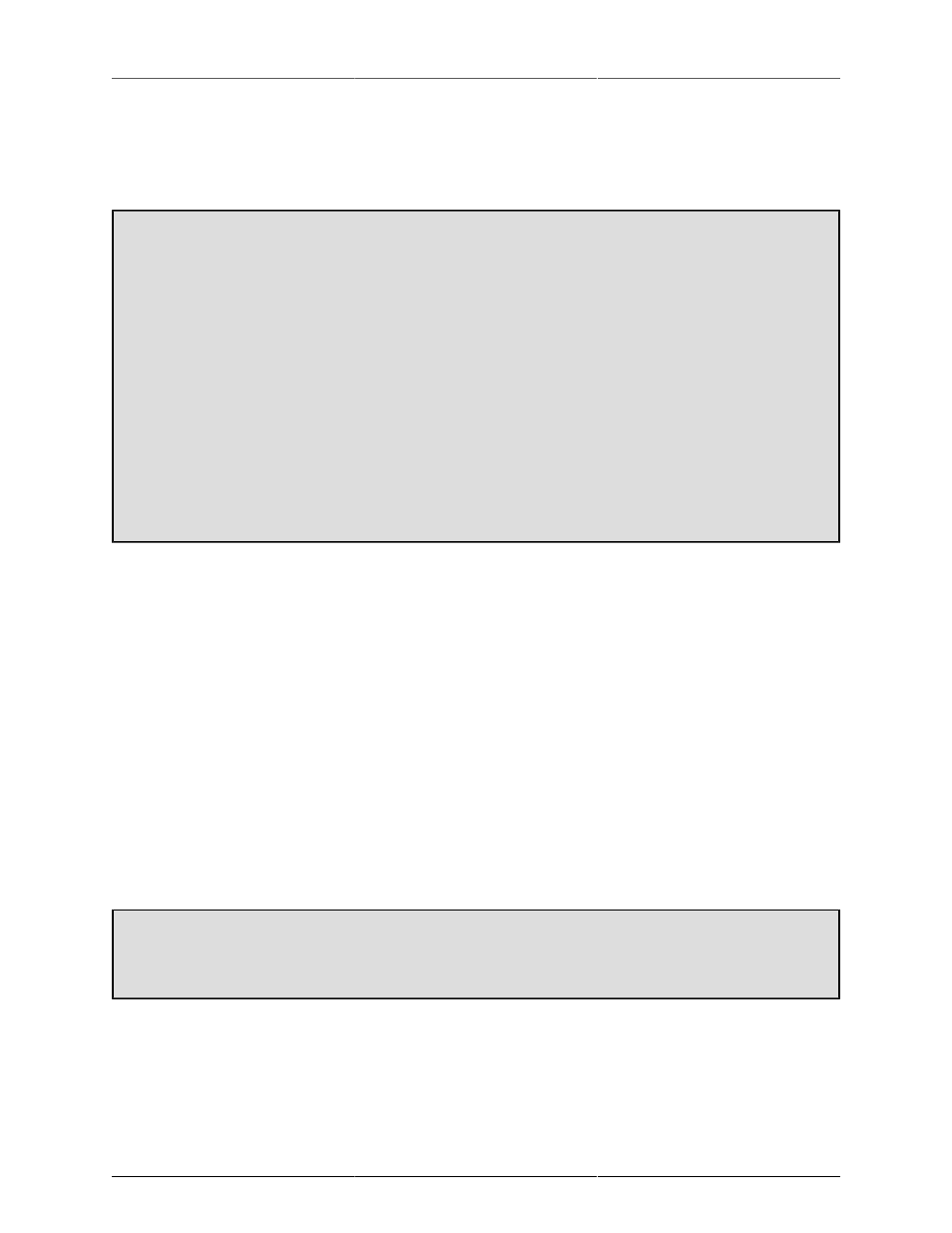Plug-in macros (requires +dsp license), Sends, 177 sends – Metric Halo Mobile I/O User Manual
Page 177

MIO Console Overview
177
The graph inserts also have access to the saved graph patch library — this lets you migrate patches that you
have created in +DSP in v.4 or earlier to inserts in v.5. You can also save the configuration of your graph insert
into the library as a preset, so as you work with the mixer, you can build up a set of “secret weapon” processors
that can be instantly recalled and tweaked as needed.
To Migrate Graph Patches from v.4 or earlier Consoles:
Graph patches created in v.4 or earlier consoles may require a little clean up for use with v. 5.
• If the graph patch you want to load is already set up to take input from Analog 1 (for a mono
patch), Analog 1-2 (for a stereo patch) or Analog 1-N (for a multi-channel patch), then you can
just use it directly in v.5.
• If the graph patch you want to migrate is set up to take input from another source (say Analog 6, or
Digital, or DAW, or ADAT), you need to open the graph in the Virtual DSP area of the +DSP pane
and change the inputs to patch to Analog 1 (for a mono patch), Analog 1-2 (for a stereo patch)
or Analog 1-N (for a multi-channel patch). The same applies for output assignments. Make sure
to set the outputs to Process Bus 1-N. Save the patch with the new input and output assignments
and it is ready to be used in a v. 5 graph plug in.
Also, please note that v. 4 and earlier medium and long delays will not currently load on the 2d DSP.
However, MIO Console v.5 includes new 2d compatible delays that you should be able to use to replace
the older medium and long delays.
Graphs may be instantiated into any insert point of any type of channel strip, whether it is an input strip, aux
return strip or a master fader strip. This allows you to configure (or utilize pre-configured) processing in a
variety of ways as appropriate for the project that you are working on. For example, you can insert a one in-
one out graph into a mono input strip to implement anything from a guitar amp model to a parallel compressor
or a feedback delay. You might insert a 2-in 2-out on an aux return strip and build a stereo reverb or echo
time domain processor to process the send bus; you would insert sends on the various input strips to route
the audio to your reverb graph.
More info on using graphs can be found in the
.
Plug-in Macros (requires +DSP license)
With a +DSP license, the v.5 Mixer also supports the direct insertion of Plug-in Macros, which are pre-made
Graphs. Metric Halo includes a number of bonus macros with the +DSP license, including reverbs, guitar
processing models, mastering tools, delays and other effects. Some of the macros are open — once you insert
the macro, you will have full access to the graph, and you can edit it, modify it and interact with it as you
please. Other macros are closed and represent a monolithic processor; you can insert them, and they do the
job they were designed for, but they cannot be edited.
Channel width and macros:
Please note that macros are either mono or stereo. You will see different macros in the insert menu
depending upon the width of the channel.
Sends
Any insert in the mixer may be used to send the audio from that point in the signal path to any bus defined in
the mixer that is instantiated in the same interface. When you insert a send to a bus on a strip, a new send strip
is automatically added to the mixer; when you insert a send or click on a send tile in the mixer, MIO Console
will automatically open the Sends Mixer window:
